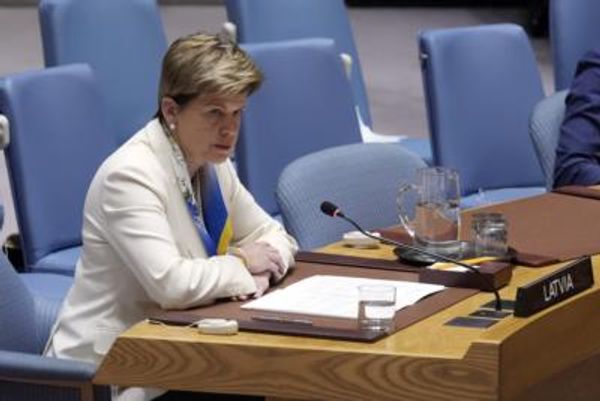
The gender gap in India has widened to 62.5%, largely due to women’s inadequate representation in politics, technical and leadership roles, decrease in women’s labour force participation rate, poor healthcare, lagging female to male literacy ratio, income inequality. Mint explores.
What does the WEF report measure?
The report is a measure of gender gap on four parameters: economic participation and opportunity, educational attainment, health and survival, and political empowerment. The index has benchmarked 156 nations across the globe in 2021. The data show that it will take 135.6 years to bridge the gender gap worldwide and the pandemic has impacted women more severely than men. The gap is the widest on the political empowerment dimension with economic participation and opportunity being next in line. However, the gap on educational attainment and health and survival has been practically bridged.

How has India fared this year?
India in 2021 has slipped 28 places and has been ranked 140th among 156 nations participating in the rankings. It is the third-worst performer among South Asian countries, with Pakistan and Afghanistan trailing and Bangladesh being at the top. The report states that the country fared the worst in political empowerment, regressing from 23.9% to 9.1%. Its ranking on the health and survival dimension is among the five worst performers. The economic participation and opportunity gap saw a decline of 3% compared to 2020, while on the educational attainment front India is in the 114th position.
Which are the top performing countries?
The most gender equal country in the world is Iceland, and it has been in the first position for 12 years. Finland is second and Norway third, with New Zealand being a close fourth, followed by Sweden. Lithuania, Serbia, Timor-Leste, Togo and the United Arab Emirates have improved the most in the overall index.
What does this mean for India?
The pandemic has only slowed down in its tracks the progress India was making towards achieving gender parity. The country urgently needs to focus on “health and survival" which points towards a skewed sex ratio because of high incidence of gender-based sex selective practices and economic participation of women. Women’s labour force particip-ation rate and the share of women in technical roles has declined in 2020, reducing the estimated earned income of women, which is one-fifth that of men.
Which schemes can help it close this gap?
Schemes such as Beti Bachao Beti Padhao, direct cash transfer of ₹500 to women’s accounts, Ujjwala Scheme, One Stop Centre Scheme, and Sukanya Samriddhi are steps in the right direction. But, there is a need for successful implementation of existing schemes. Very few firms have appointed one independent woman director on the board. A women’s reservation bill is still pending despite almost all national parties declaring commitment.
Jagadish Shettigar and Pooja Misra are faculty members at BIMTECH.







